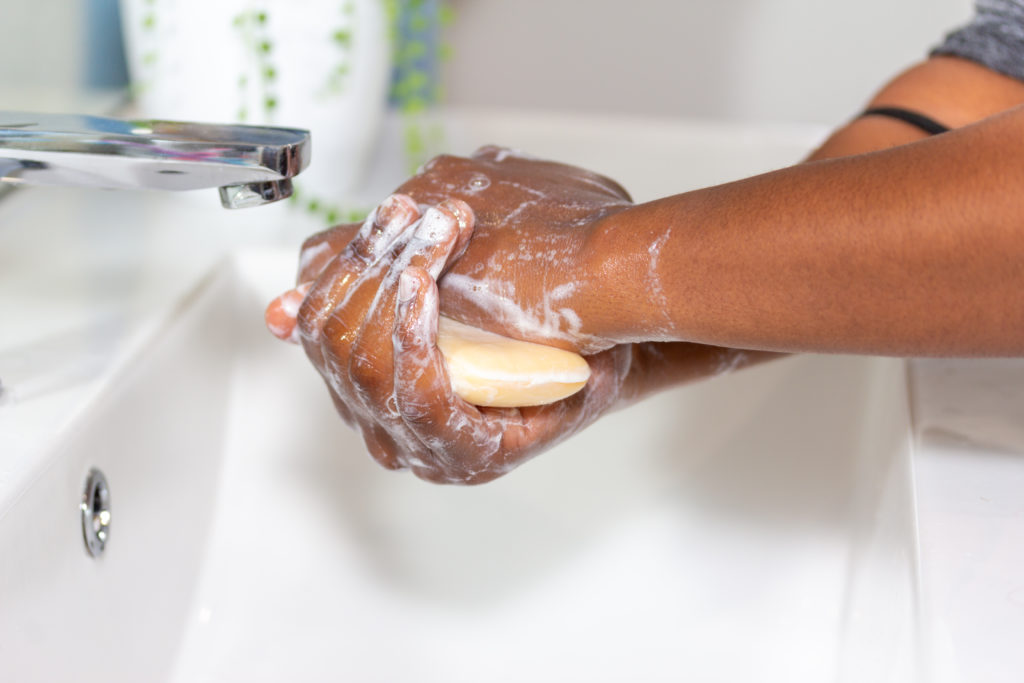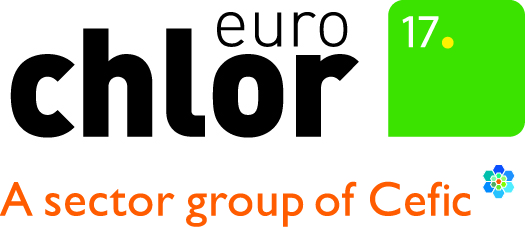Did you know that chlor-alkali chemistry is used to make soap?
Chlor-alkali chemistry can help to keep everyone healthy and clean.
A key chlor-alkali product is sodium hydroxide, otherwise known as ‘lye’. This lye is carefully handled during the soap production process.
Lye is mixed with and oils/ fats (glycerol and fatty acids) to make soap. These oils can include olive and soybean oil (for softer soaps) but coconut oil, palm oil and even animal fats can be used.
As warm, liquid fat reacts with the lye, it begins to ‘saponify’ and thicken. Dyes and perfumes can then be added before the mixture is poured into moulds, where it continues to react, generating heat. Once the soap is a bit cooler, the soap bars can be cut and wrapped, but the saponification process continues for a few weeks, until all of the lye has reacted with the oils. This same process is even used for ‘natural soap’.
Interestingly, no sodium hydroxide is left in the final soap as a large excess of oil/ fat is used to prevent the soap from becoming too alkaline, which could irritate your skin.
It’s also not just sodium hydroxide that is used for soap. Potassium hydroxide, another key chlor-alkali chemical, is often used to make liquid soaps.
Another useful material also forms, glycerin, which is used by doctors to treat certain skin conditions.
The production of lye for soap has taken place for hundreds of years and was the main reason for the development of the modern chlor-alkali production process.


